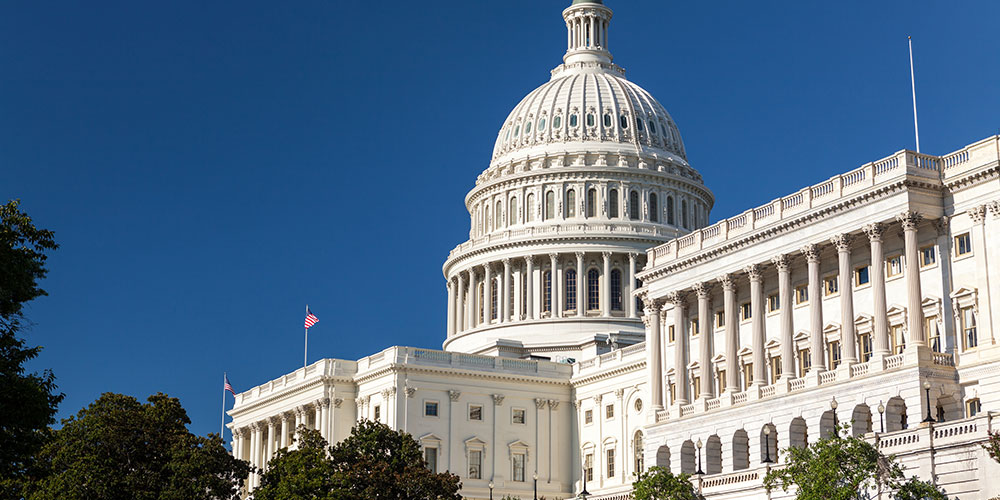industry-news
Local Efficiency Insulation Rebates
May 11, 2021

2015 was a major year for insulation energy advocacy in the U.S., with new milestones ensuring that mechanical insulation will play a large role as this country moves forward with energy-saving initiatives. While thermal insulation was once known as the “forgotten technology,” recently its value in cost and energy savings has become more prominent. This past year, insulation was an important part of several pieces of legislation that could have many positive implications for the industry.
The National Insulation Association works to serve as the voice for the insulation industry, and in December they succeeded in introducing insulation-related language into H.R. 8, the North American Energy Security and Infrastructure Act of 2015. H.R. 8 passed the House of Representatives on December 3, 2015. This bill mandates that the Department of Energy (DOE) conduct a study of the impact that thermal insulation can on water and energy costs in federal buildings.
The impact of this bill would be extremely positive for energy advocates. The results of the study will inevitably show a tremendous potential savings and could therefore lead to more insulation being specified in federal buildings. Since the U.S. government, with thousands of facilities across the country, is one of the largest energy consumers in the world, this would certainly help reduce energy consumption. Additionally, the results of such a study could be used to make the case for increased insulation in other commercial and industrial facilities.
For any school, the energy and cost savings associated with mechanical insulation will vary depending on a myriad of factors. But the results from these examples are undeniable. The importance of properly installing and maintaining the insulation on key mechanical systems is evident.
In November, two senators sent a bipartisan letter to Energy Secretary Ernest Moniz in support of the study mentioned above. Senator Lisa Murkowski (R-AK), Chairwoman of the Senate Energy and Natural Resources Committee, and Senator Maria Cantwell (D-WA), the Committee’s ranking member, referred to thermal insulation as “among the most cost-effective and available energy-efficiency technologies.”
In a press release announcing this bipartisan progress, the Senate Committee on Energy and Natural Resources cited the National Insulation Association’s earlier testimony that implementing a thermal insulation maintenance program in the commercial and industrial market segments would result in carbon dioxide reductions of 105 million metric tons and roughly $3.8 billion per year in energy savings.
More positive news in December came when the Mechanical Insulation Incentive Act of 2015 was reintroduced to the House of Representatives. This bill would provide a tax incentive for the installation and maintenance of mechanical insulation. The co-sponsors for this bill are Representative Bob Dold (R-IL), Representative Linda Sanchez (D-CA), and Representative Tammy Duckworth (D-IL).
2015 was a great year for progress in the use of thermal insulation. Here’s to a 2016 filled with even more steps forward!